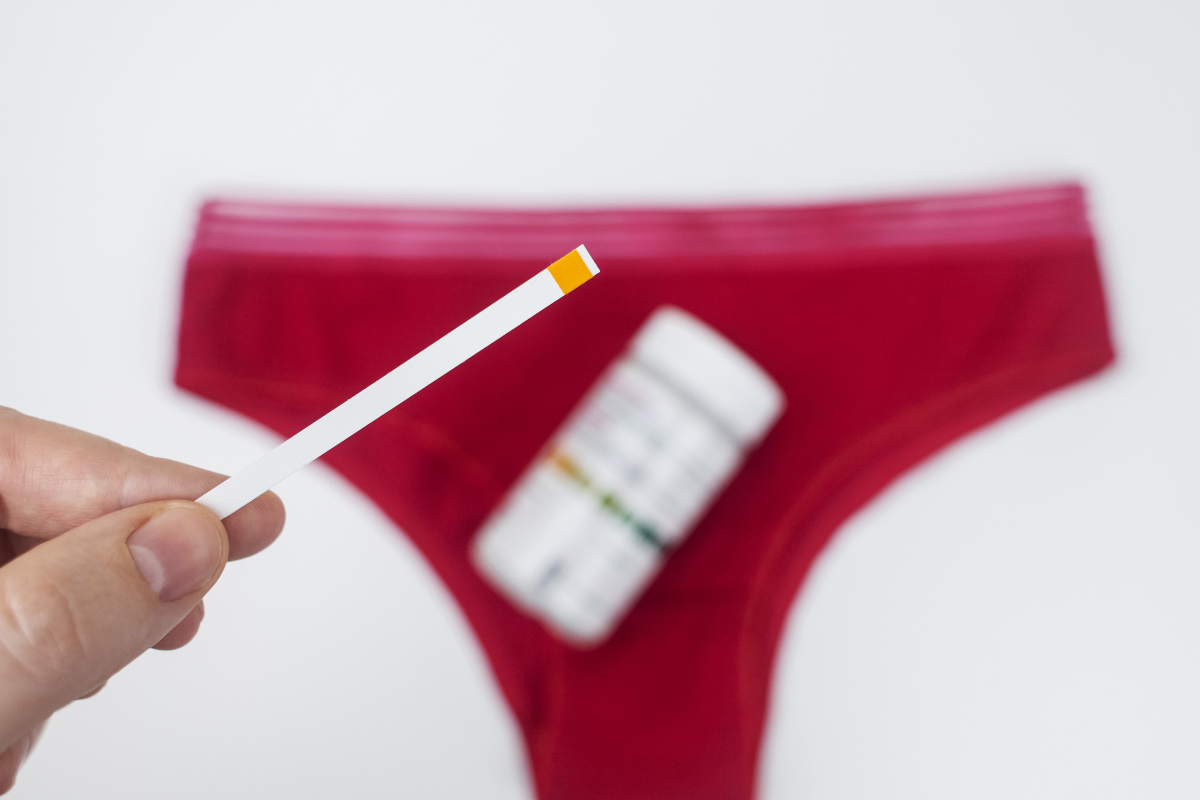Candida (Thrush): Every Woman’s Annoying Visitor

If you've ever dealt with vaginal thrush, you know it’s no walk in the park. For those lucky enough to have dodged it so far, here’s the rundown: Candida is a type of yeast that can overgrow in the vagina, leading to infections, itching, discomfort, and general misery.
When it keeps coming back, we call it recurrent vaginal thrush (or recurrent vulvovaginal candidiasis, if you’re feeling formal). This type of recurring infection is something we see often at the clinic—multiple episodes a year (and no, it doesn’t get any less annoying).
But here’s the catch: just treating it when it flares up won’t cut it. If we don’t address the root cause, thrush is going to keep reappearing like an unwelcome visitor you can’t seem to shake.
Let’s take a look at what might be going on, and more importantly, what can help to shut the door on it for good.
1. Vaginal pH: The Body’s First Defence
Your vagina’s natural environment is acidic (pH 3.8–4.5), and this acidity keeps harmful bacteria and yeast like Candida in check. If this delicate balance is thrown off, it creates a perfect setting for yeast to grow and cause infections. So, keeping that pH steady is a big part of avoiding thrush.
2. Stages of the Menstrual Cycle
Throughout your cycle, hormone levels shift, and that can impact your vaginal pH. During menstruation, for instance, your pH rises (less acidic), giving Candida a friendlier setting to grow. High estrogen levels at certain points in your cycle can also throw off the bacterial balance, increasing your risk of overgrowth.
3. Lactobacillus Crispatus (aka your Vagina’s Best Friend)
This mouthful of a name belongs to a very important bacteria. Lactobacillus crispatus is one of the main good guys in your vaginal microbiome, naturally producing lactic acid to keep things acidic and unfriendly to Candida. It even releases antimicrobial compounds to help block pathogens like Candida from taking over. When your levels of Lactobacillus crispatus are where they should be, things are a lot more comfortable.
Getting Ahead of the Problem
Preventing recurrent thrush is all about maintaining a balanced vaginal environment. That means keeping pH in check, encouraging a Lactobacillus-rich microbiome, and understanding the impact of hormonal shifts during your cycle.
Strategies such as probiotic supplementation with strains like Lactobacillus crispatus, maintaining good genital hygiene, avoiding excessive use of antibiotics, and managing underlying medical conditions that may predispose individuals to vaginal thrush can all contribute to reducing the risk of recurrent infections. And when things get especially stubborn, we often do vaginal microbiome swabs to see if there’s another culprit at play.
So, if thrush is becoming a regular visitor, don’t be embarrassed to reach out (we talk about everything from poo to periods all day—it’s our thing). Recurrent issues usually mean there’s a piece of the puzzle that needs sorting. But rest assured, we’re here to help put those pieces back where they belong.
Please update the “Product” setting with the product you want to display.






